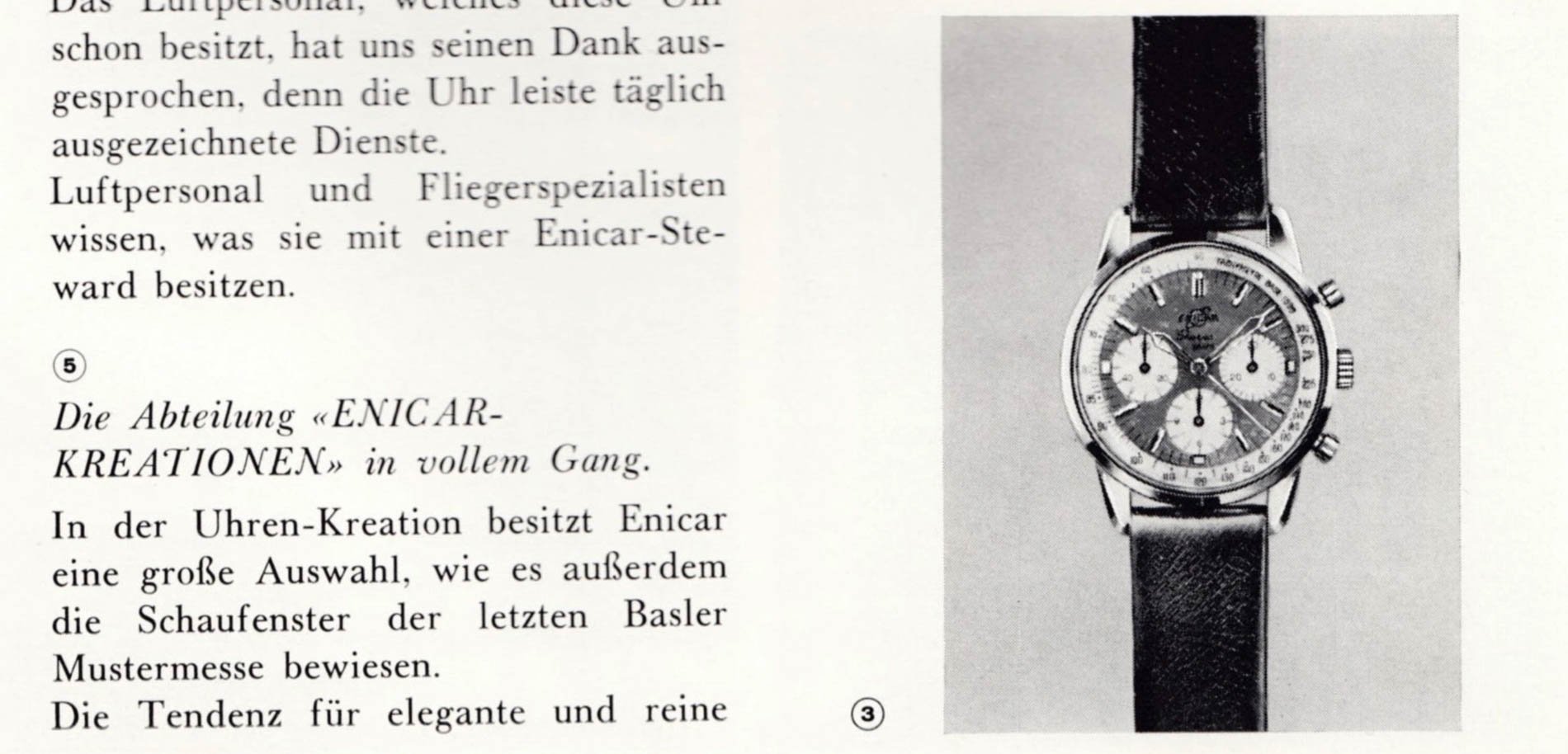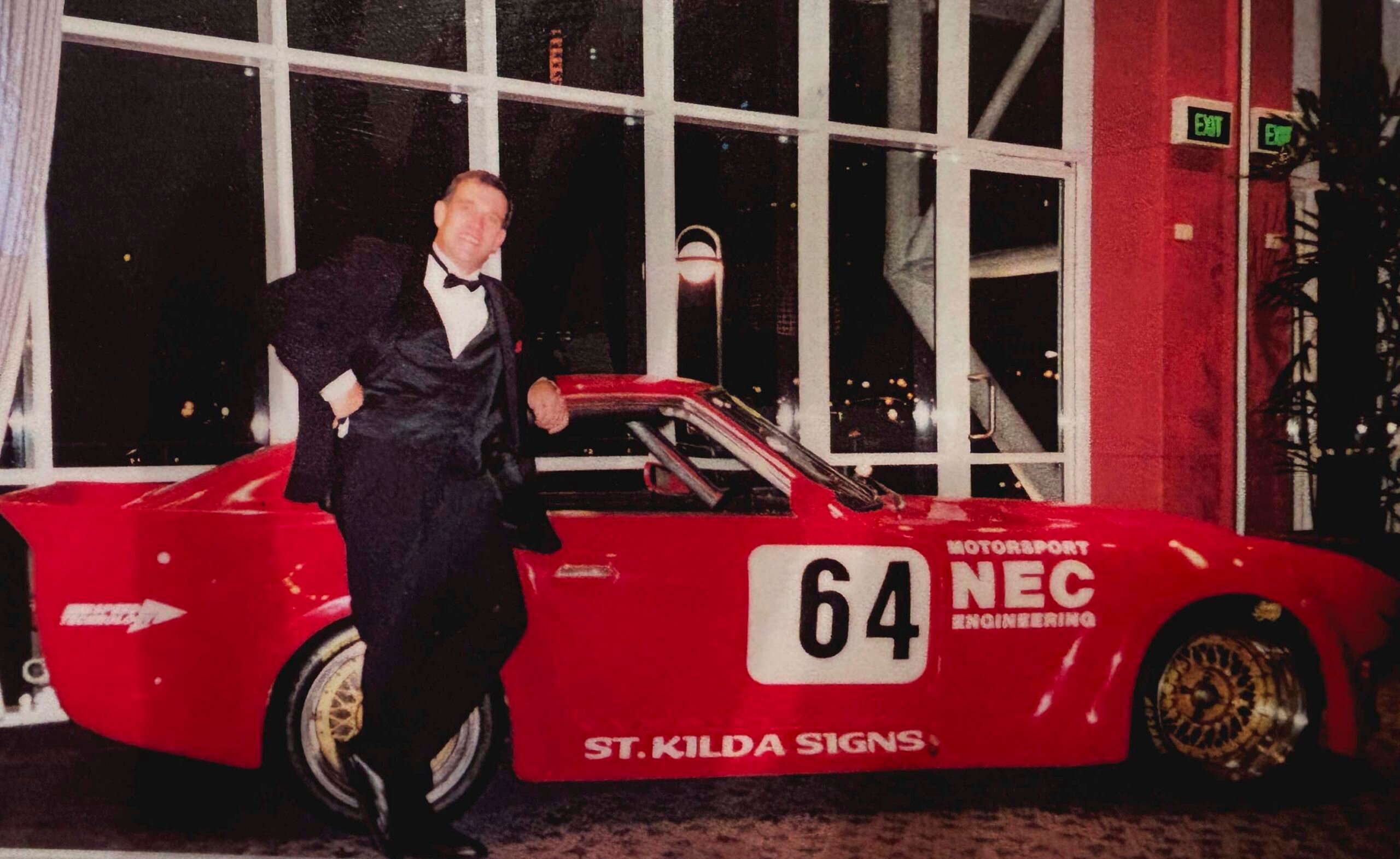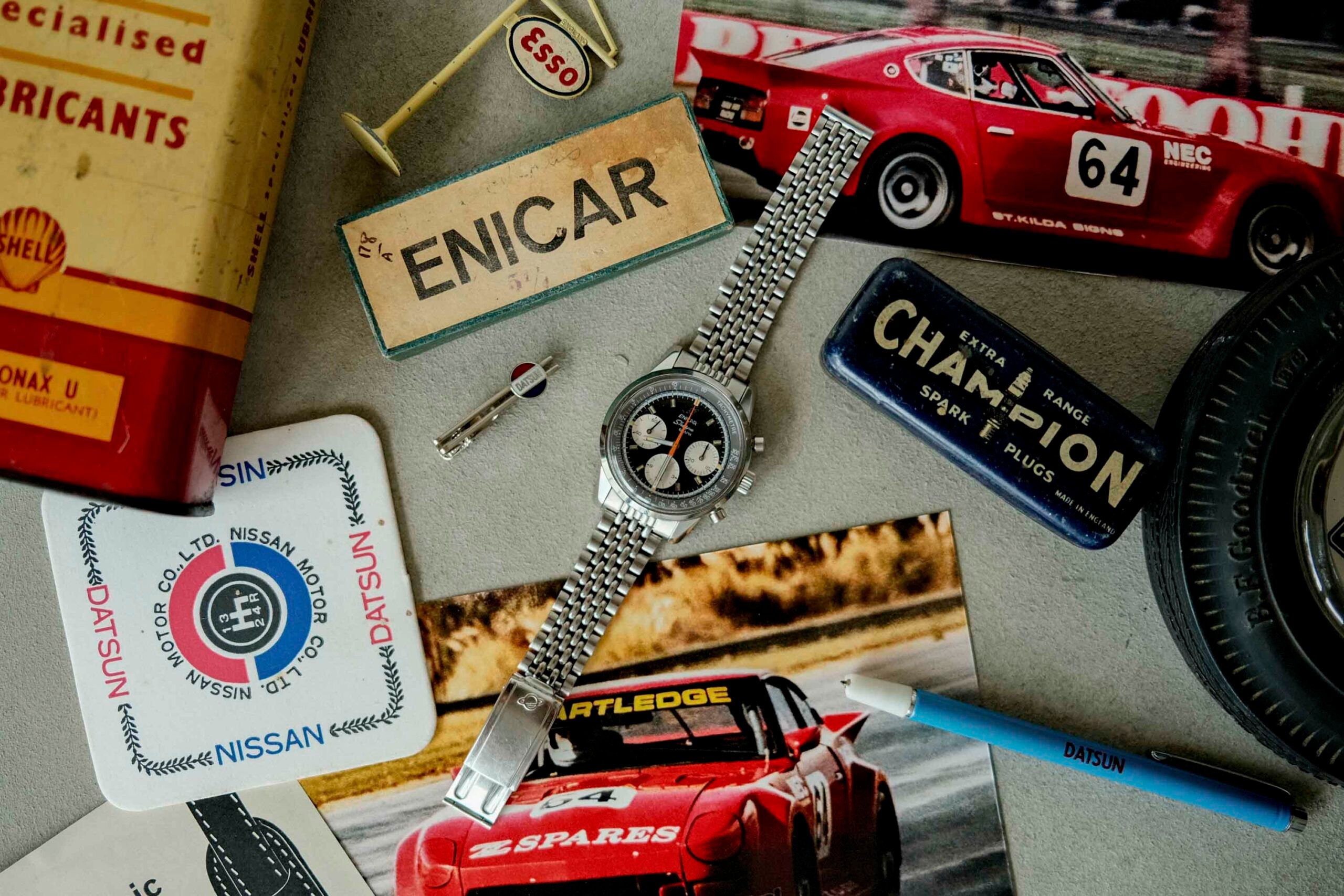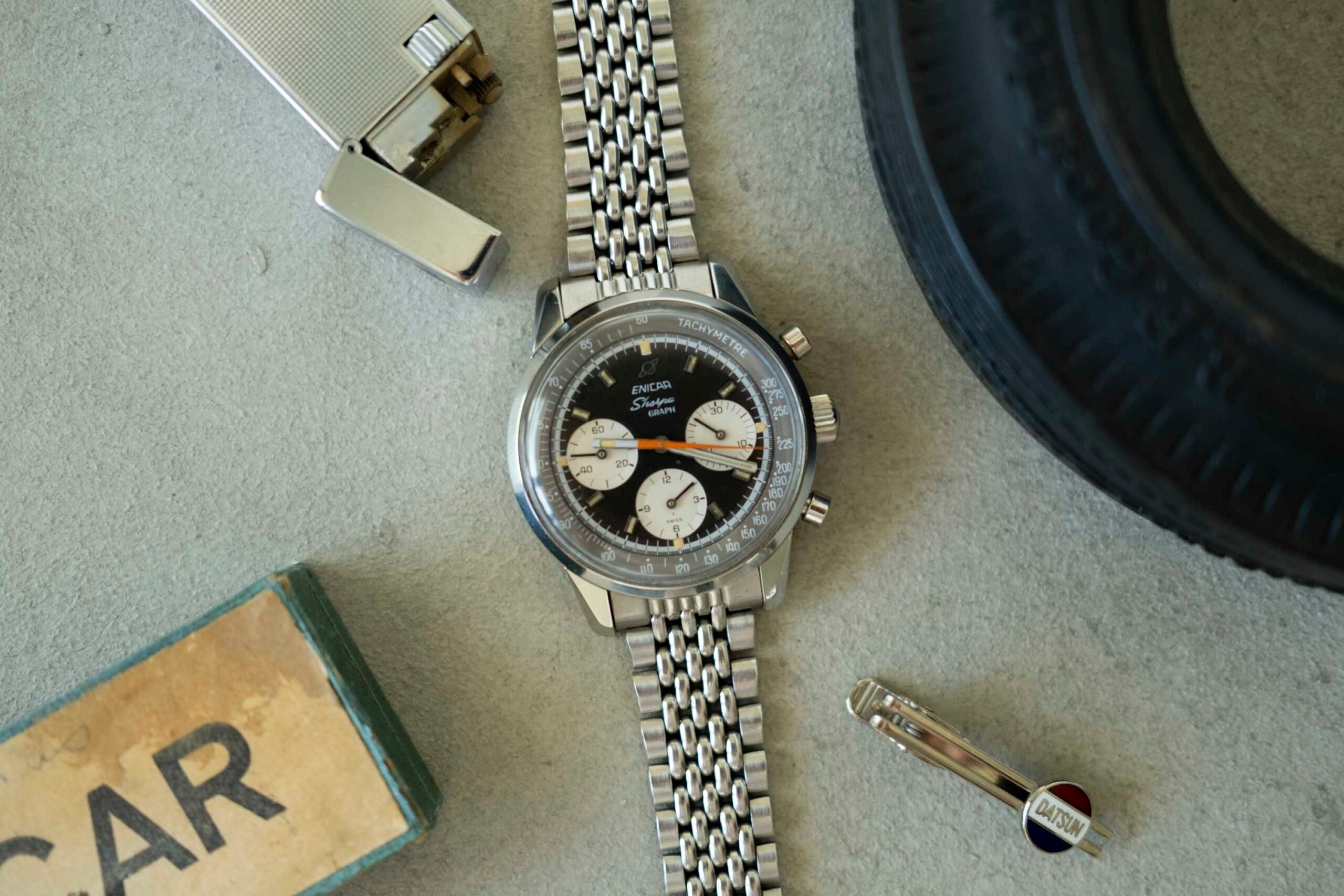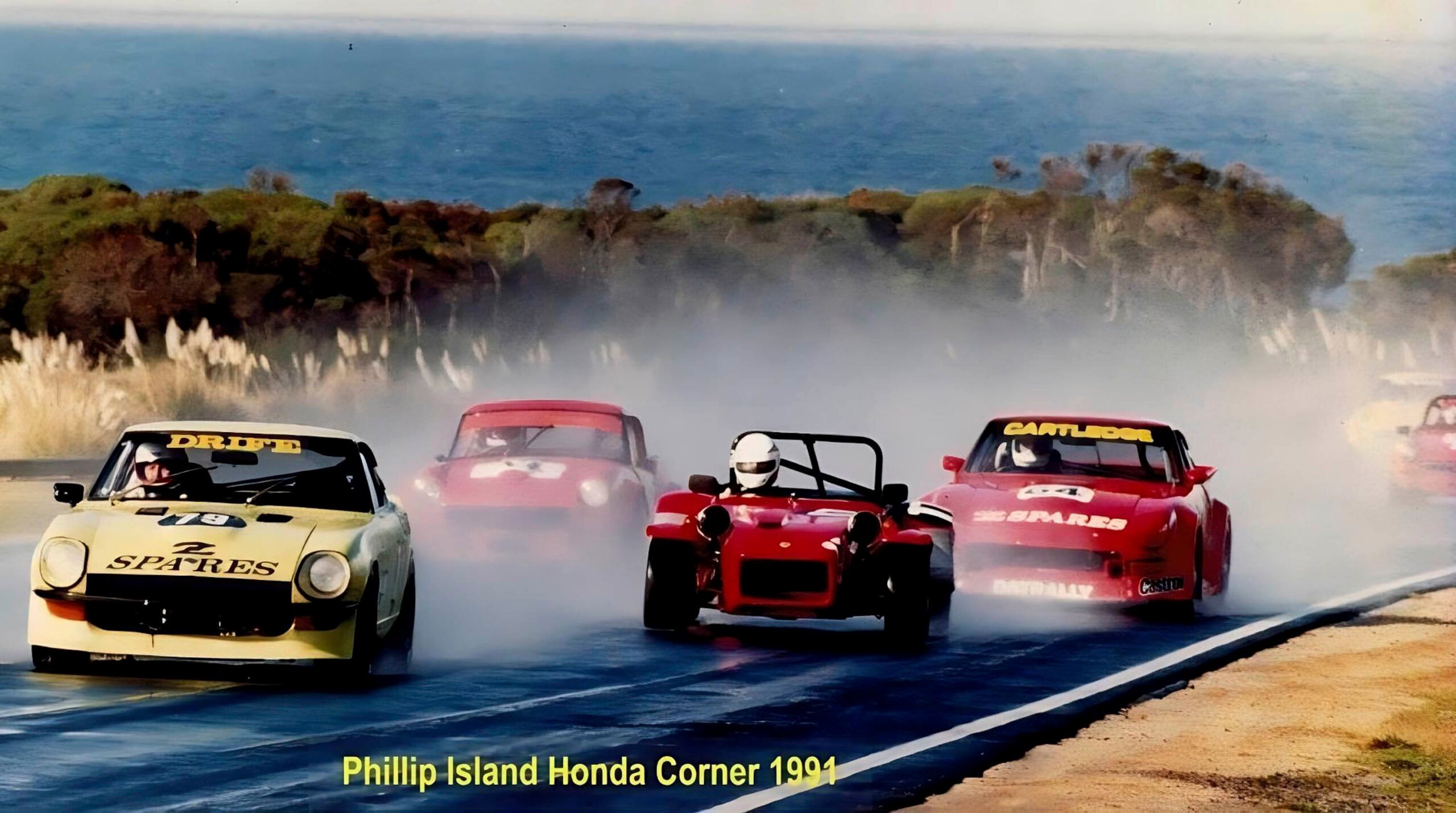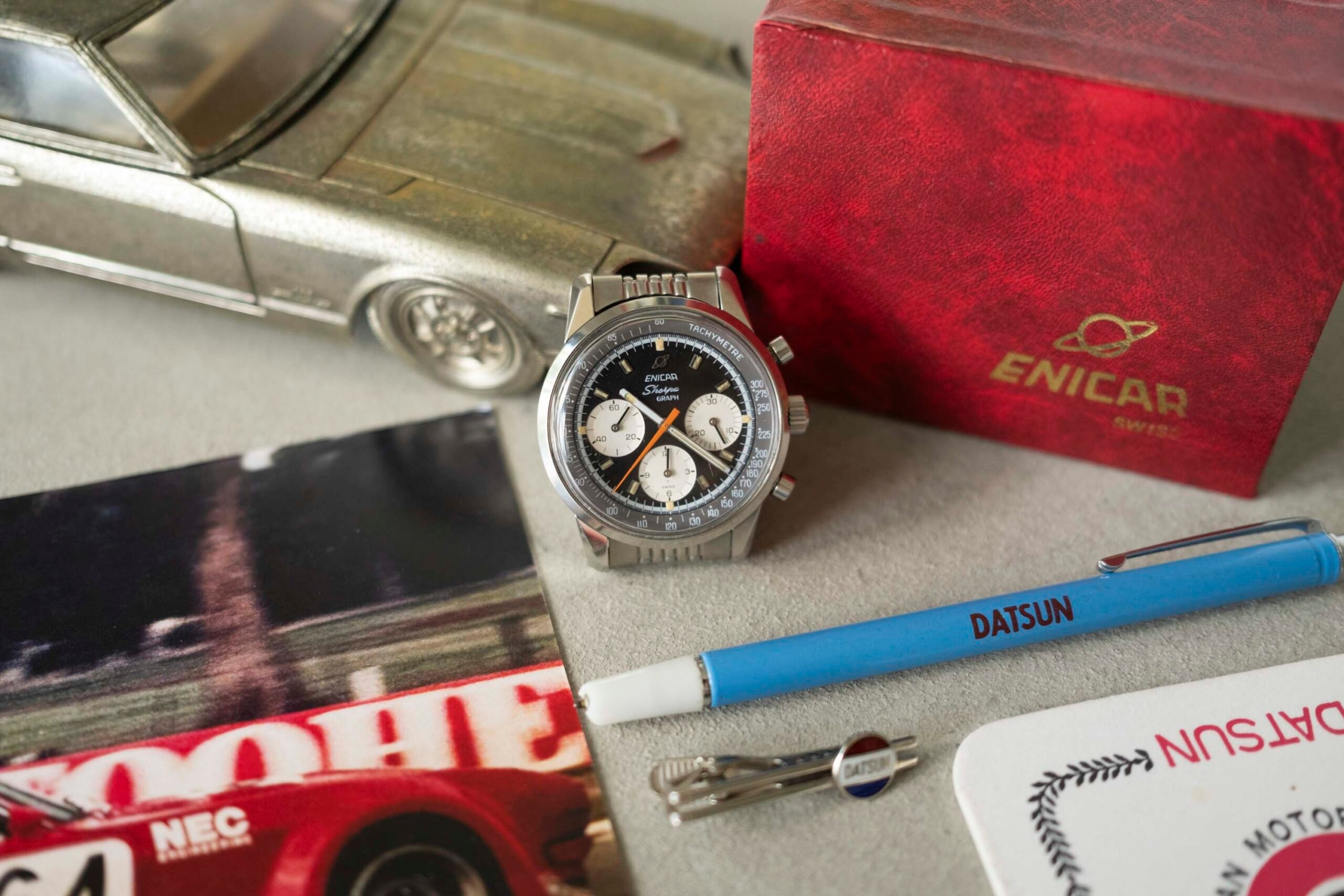The Story Of One Australian Racer And His Enicar Sherpa Graph
Thanks to a curious local collector, today, we can share a snippet of a story about a watch from a brand many of us are fond of — Enicar. Today’s story is about uncovering a vintage Enicar Sherpa chronograph with a genuine Australian racing pedigree.
Australia has a rich motorsport culture. There is a wide range of these sports with large followings here. Not least of these are Formula 1 and MotoGP. There are also the Bathurst endurance races. Today, we are looking at a vintage Enicar Sherpa Graph watch discovered by an Australian collector. As the story reveals, the watch’s owner was a real-deal racer who couldn’t have had a more appropriate timepiece.
The Enicar Sherpa Graph
Enicar is an interesting brand. My colleagues Tomas and Mike, in particular, have written about it several times here on Fratello, including a fairly recent feature on the Enicar Sherpa Graph. Enicar was founded in 1913/14 by Ariste Racine, who came from a family of watchmakers. Ariste reversed his last name and established the brand Enicar. In the 1950s, the brand focused on outfitting mountain climbers and adventurers with its watches as a marketing strategy. This was a common tactic at the time and employed by many other brands, including Smiths, Rolex, and Certina.
A Swiss team of climbers wore Enicar watches to the top of Lhoste and Mount Everest in 1956. Seizing on this story, Enicar registered the “Sherpa” name and began releasing its first Sherpa watches later that year. The Sherpa line would go on to define Enicar through the following years as the company released dozens of Sherpa models with a focus on durability. The Sherpa Graph, especially, became popular in the world of motorsport. For those of you who are curious about exploring some of Enicar’s back catalog, there is this useful article on Rescapement.
An Enicar chronograph with a story
Australian collector Antonio of Tempo Vintage Melbourne stumbled across a listing for an old Enicar chronograph earlier this year. Intriguingly, it was accompanied by an old photo of a gentleman with a race car. It turned out to be a watch used in the heat and excitement of motorsport in the 1970s.
The watch is an Enicar Sherpa Graph from the 1960s. The watch was used by its owner, Neil Cartledge, to time races. You see, Neil was a competitive racer in the heyday of motorsport. He raced a number of cars, including a Datsun 240Z. The Datsun 240Z is a well-loved car, with multiple videos on YouTube waxing lyrical on its handling. He joined a club of passionate Datsun owners and racers in 1977 and remained a member for the rest of his life.
Engineering — a natural fit for a racer
A mechanical engineer by trade, Neil worked all of his life at his uncle’s factory, J.W. Ford & Co, a precision engineering firm based in the city of Melbourne. He provided a lot of engine parts that ended up in members’ cars. A letter written by his wife and provided with the watch details some of Neil’s racing life: “Neil could look at things and come up with ideas on how to do something, often from an engineering perspective on a car, often from left field, and it would work. I loved his mind for how he did things, and when he did them, he did them so well. Neil designed something called a girdle for the 240Z engines. It was a brilliant idea, and many people used them,” she said.
“I still have the set of instructions Neil gave me on how to do the installation. It was a very formal set of details, and I read through it only to find the line at the bottom, ‘Go racing, it’s better than sex!’ Another trait was his sense of humour,” she said. “I talked to Neil about racing many years ago. He told me how, for example, at a race at Calder, in the first lap, he had this feeling like he was floating above the car looking down on all going on around him, assessing, looking for gains and gaps. He also admitted in the first lap, he didn’t really breathe much, and that was a problem!”
A trip to Switzerland
Automatic lathes were used at J.W. Ford, and this prompted Neil to do a training course in Switzerland at the factory that produced the machinery, Bechler & Co. At the end of the two-week training course, he was offered a job there, in the Jura region, the heart of the watchmaking industry. He spent the next two years in Switzerland before returning to Australia via the US in 1970. Neil’s association with car clubs goes back to the Australian 240Z Club, which was founded in 1972.
According to his wife, “five years later, that club merged with the Datsun Sports Owners Club, and Neil was officially a member from the 8th of July 1977. This merged with the Datsun Sports Owners Club in 1977, and that’s the club I got to know Neil in when I joined in 1981. Anecdotally, the club later changed its name to become the Nissan Datsun Sports Owners Club.” In the records for the club, we can see that Neil was president twice and vice president for three years. He also won the Club Championship twice for his motor racing.
An appropriate watch for a man who lived the motorsport life
Neil progressed his racing into the State Championship, competing in the Marque Sports Car Association. According to his wife, “Neil and the race car he prepared were sensational. I don’t have the results, but Neil was often a winner, and I think he may have won the championship on at least one occasion there as well. The club went through a name change in the ’80s, adding the name Nissan. At the time, this was quite controversial.” All through this period, he heavily used his Enicar Sherpa Graph as a racing and timekeeping instrument.
It was with this background that Antonio came across the watch. Speaking to Neil’s family and hearing the story behind it, Antonio was enchanted by the watch. It helps that the Enicar Sherpa Graph is a bit of an underappreciated classic to begin with. Sadly, Neil has now passed away, so we could not speak to him directly for this story. What we can do, however, is appreciate a vintage watch that was used in the flurry of racing, as originally intended. If only this watch could speak, I am sure it would have some great stories to tell!
Do you have any watches with particularly good stories connected to them, Fratelli? If so, I would be happy to read those stories in the comments!

